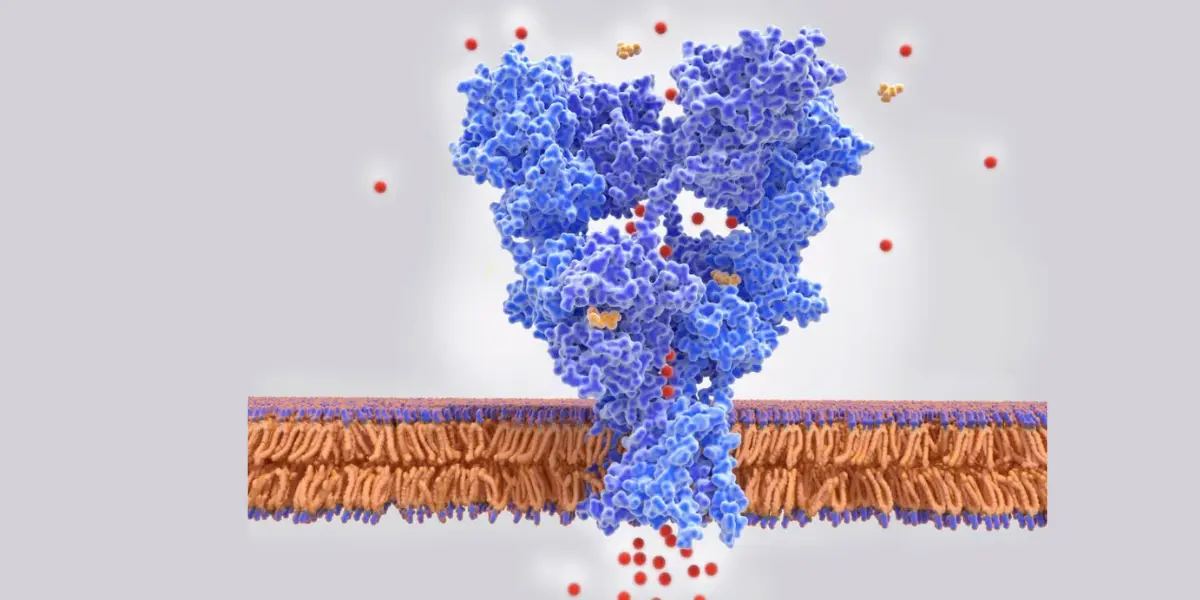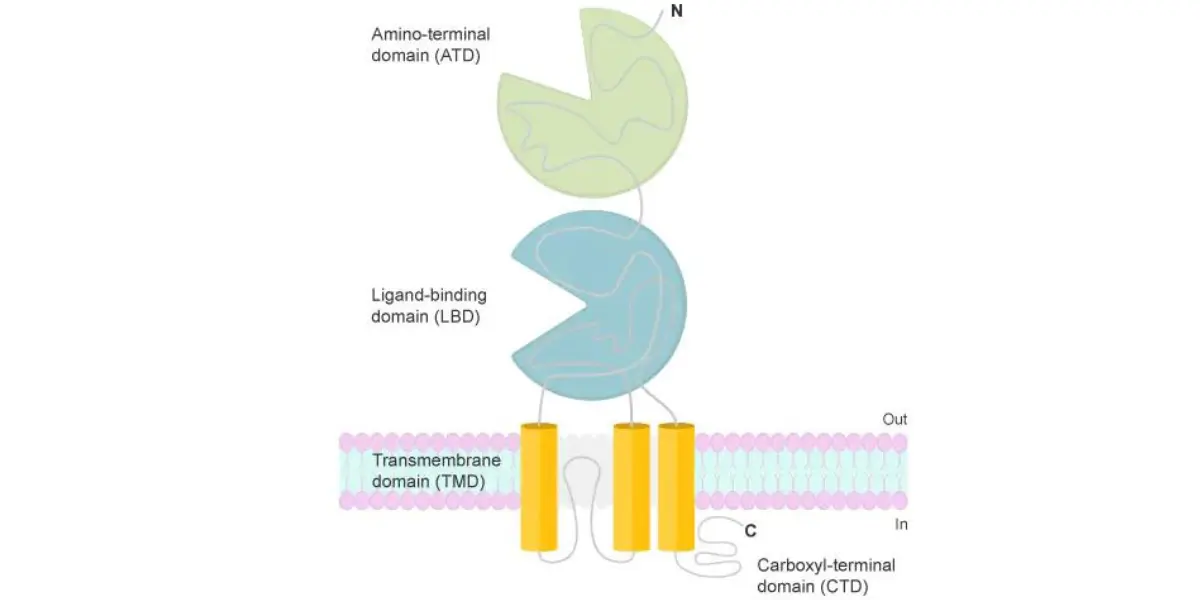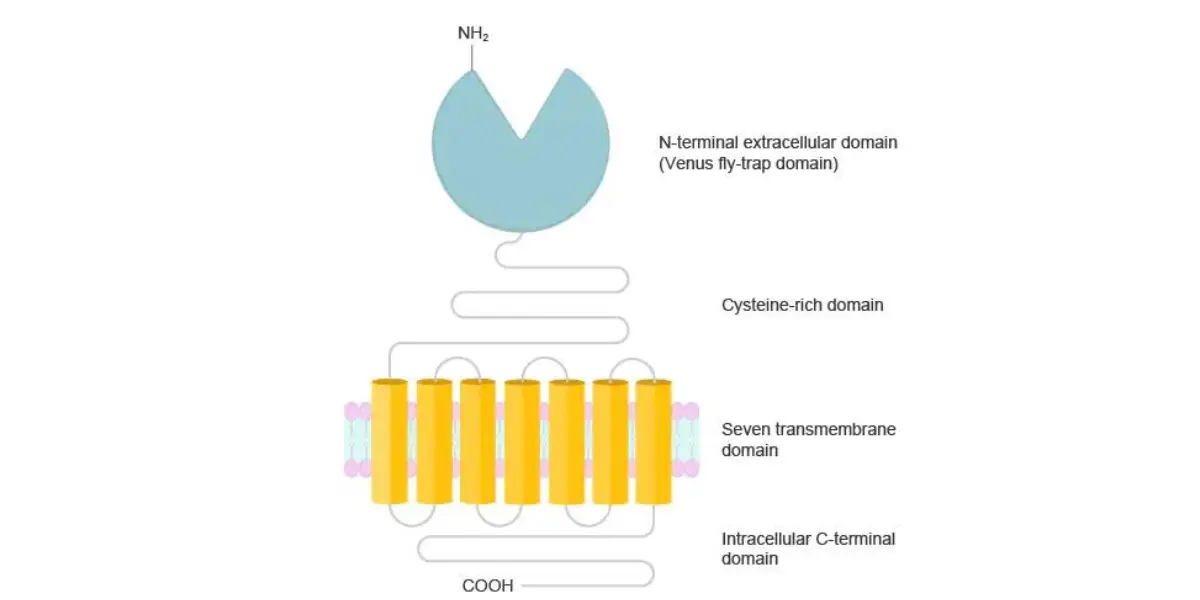Unlike the physical component of the body, the brain is complex. It operates like computers receiving and processing information. It controls thinking, feeling, movements, breathing, temperature, hunger, sight and enables the functionality of the body. The brain consists of cells, neurons and receptors. Glutamate is a receptor found in the brain. In this article, more about glutamate receptors will be explained.
What Are Glutamate Receptors? How To Stimulates Glutamate Release?
Glutamate receptors exist in the central nervous system of the brain and can be seen in the dendrites of postsynaptic neuronal and glial cells, such as astrocytes and oligodendrocytes. They basically act as mediators of excitatory transmitters.
They are connected to the neurotransmitter and amino acid glutamate, they work or carry out their actions within other numerous neurotransmitter pathways. Glutamate receptors are important because of the mediation of its pathways, which compose several psychological functions, as well as cognitive functions like learning and memory.
As a result of the significant role they play, the improper functioning of glutamate receptors is linked to disease and injury. Studies have been conducted to ascertain the fact of how glutamate receptors and its gateways can be used to develop new therapeutic techniques.
Also Read:- How To Improve Your Memory Naturally | Tips And Techniques

How Does Glutamate Receptors Work?
In the mammalian central nervous system, there are more than 20 different types of glutamate receptors at work. They are referred to as being either ionotropic (voltage sensitive) or metabotropic (ligand sensitive). These two classifications work differently, ionotropic glutamate receptors respond quickly and directly generate significant current flows, but metabotropic are relatively slow in response but they activate gene expression and protein synthesis to place pressure on their impact.
What Activate Glutamate Receptors?
The agonist that activate glutamate receptors are N-METHYL-D-aspartate (NMDA), a-amino-3-hydroxy-5-methyl-4-isoxazole-propionate ( AMPA), and Kainic acid. When it was discovered that Ionotropic glutamate receptors involved a corkscrew movement of the glutamate binding portion domain of the receptor
The release of glutamate is triggered when glutamate transmits pain in your nervous system and to the brain. When there’s chronic, severe or persistent paing, it will lead to continuous release of glutamate.
Also Read:- What Causes Dark Circles Under Your Eyes? How To Get Rid Of Dark Circles Permanently?
Difference Between Ionotropic And Metabotropic Glutamate Receptors
The triggering of an influx of extracellular sodium and an efflux of potassium ions occurs when glutamate binds to an ionotropic receptor. The transmission of a signal is sparked during this process that evokes the depolarization of the postsynaptic membrane.
A common type of ionotropic glutamate receptors is N-methyl D-aspartate (NMDA). NMDA allows penetration of calcium ions, which have benefits and toxic effects as well. A unique and special thing about NMDA is its ability to detect coincidence that means under normal circumstances, magnesium blocks the channel through which calcium ions are permeable, so glutamate has to bind with receptors and the postsynaptic cells has to be depolarize for the channel to open.
Ionotropic receptors have two other types which are a-amino-3-hydroxy-5-methyl-4-isoxazole propionic acid (AMPA) and kainic acid receptors. These have closely related functions in terms of learning and memory through plasticity gene expression and enhancing glutamate neurotransmission but there are differences in how they operate.
These kinds of glutamate receptors, especially NMDA, are found excessively in the human brain. They enhance learning and memory, and also help the brain recover quickly whenever there’s an injury.
Also Read:- Can Adult Stem Cells Repair Vision? Single-Eye Injuries And Traditional Treatments

Ionotropic Glutamate Receptors
Metabotropic Glutamate Receptors that act slowly also help in learning and memory; but they seem implicated to some extent like motor regulation and fragile X syndrome.
These receptors work by making sure that gene expression and protein synthesis are intact and this can lead to increases in excitability of glutamate cells which triggers neurotransmission thereby creating impacts on synaptic plasticity that is the key to learning and memory. For this to be achieved, it requires glutamate binding with the Metabotropic receptor which causes an activation of a postsynaptic membrane bound G-protein triggering the opening of the membrane channel for signal transmission.

Metabotropic Glutamate Receptors
End Result
Glutamate receptors evolve within the central nervous system and the brain as excitatory chemical compounds. It has several types of receptors all through the central nervous system. It is essential to memory, cognition and mood regulation. This chemical compound is needed for the brain to function properly. It is the most abundant neurotransmitter in the brain and an active site of enzymes.